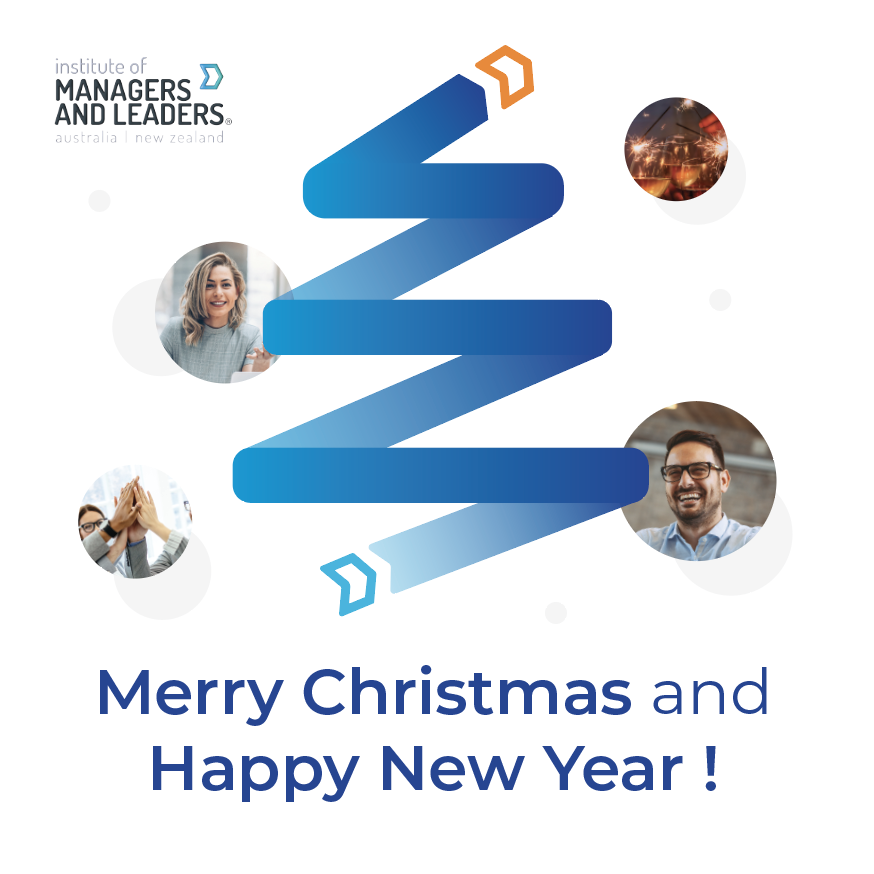We live in a world of pings, beeps and notifications. We’re connected like never before. And also distracted like never before.
Research into knowledge workers reveals that the average worker is using 10 apps and can switch between those apps as many as 25 times in a single day. This type of task-switching doesn’t come without an impact on productivity, costing up to 40% of a worker’s productive time.
For so long, the focus has been on managing time in the workplace. Now it’s also about managing distractions, energy and expectations. The key challenge? Helping employees cut through the noise, focus on priorities and perform at their best without falling into the trap of burnout.
Over a 20-year consulting career, Trevor March CPMgr CMgr AFIML, National Engineering Workgroup Lead at Senversa, has led teams of all sizes and all levels of experience. In recent years, he has observed a shift in employee focus.
“The employee landscape has changed as a direct result of the COVID-19 pandemic” he explains. “We’re working in different ways, often in remote or hybrid models. Communication is now dispersed across text, emails, calls, Teams meetings and other channels, which in itself can have an impact on focus.”
Trevor shares his insights on the topic of focus and how autonomy, accountability and alignment are key to leading productive teams.
Autonomy, accountability, and alignment
The topic of focus and how to maintain it is multi-dimensional. Yes, there are now more demands competing for our attention and focus. But this is also within the context of new normals of work that are emerging in the form of remote and hybrid working models.
“The hybrid model is very much outcomes driven and trusting employees to deliver rather than being able to physically see what they deliver on a day-to-day basis” says Trevor.
Increased autonomy can enhance motivation and productivity, but without clear expectations, it can also lead to misaligned efforts. Leaders must strike a balance between freedom and structure to ensure employees stay focused. This is particularly the case given the ever-increasing distractions that are a constant threat to focus.
For teams to stay aligned, leaders need to communicate expectations clearly and regularly. For Trevor, weekly meetings are a tool to facilitate this.
“We hold weekly team meetings to discuss the priorities for the week ahead. Understanding and communicating our clients’ priorities can assist project team members in their own prioritisation of tasks.”
Trevor also advocates for frequent one-on-one check-ins to address the unique challenges and career aspirations of each individual. He concludes each of his one-on-one meetings with a simple but effective question: ‘Is there anything you need from me?’ This simple question creates a two-way dialogue, fostering both accountability and a sense of ownership.
“It may be simple, but it helps to build trust and shows that I am an advocate for them within the business” he adds.
Ditching the distractions for deep focus
Distractions aren’t going anywhere. It’s impossible to completely eliminate them when they often stem from the tools we rely on to do our jobs. What we can do is implement strategies that minimise the impact of distractions, allowing for periods of deep focus when required.
One strategy to do this is through the introduction of focus hours or no-meeting blocks of time to protect uninterrupted work periods.
“I schedule blocks of time in the calendar to focus on priority items” says Trevor. “I’ve also started creating notes adjacent to each meeting invite in my calendar. In those notes I attach related emails, links to documents and also write down anything specific I want to raise in the meeting.”
There is no single answer to this problem but rather a case of offering team members a range of strategies they can use to minimise distractions. Other strategies include:
- Muting non-essential notifications during focus periods (e.g. turning on “do not disturb mode”).
- Following a timeboxing or pomodoro technique to break the work day down into smaller intervals for focused work.
- Batching similar tasks together to minimise multitasking and reduce cognitive load.
- Encouraging digital detox breaks with regular time away from screens to help improve concentration (e.g. walking meetings, outdoor breaks or non-screen related activities during downtime).
- Setting boundaries around meetings and scheduling asynchronous updates where possible and appropriate.
- Consolidating communication platforms and apps across workflows to help reduce task-switching fatigue.
Focusing on leadership
Leaders aren’t immune from distraction. In fact, it’s a leadership imperative to role model the type of focus we expect from our teams.
“I ensure I have adequate breaks throughout the day, getting out of the office/home if possible” adds Trevor. “I also try to maintain some level of fitness throughout the week and try and get between 6-8 hours of sleep each night. I find these strategies help with focus but also help me to manage stress”.
“Lastly, I prioritise high impact tasks over low value tasks wherever possible and delegate accordingly.”
There’s also a responsibility incumbent in leadership to cultivate a culture of psychological safety. This helps team members to feel more comfortable in admitting challenges they’re facing with focus without fear of judgement.
Trevor advocates for a curious approach when an employee’s focus slips, to understand what is going on for them that may be hindering their productivity. He also believes that providing interesting and challenging opportunities for employees can help to maintain focus.
“It’s important from an engagement perspective to continue to give employees opportunities that interest and challenge them” he says. “If I’m aware of an employees’ career aspirations, then I can keep an eye out for opportunities to align those aspirations with company goals and projects.”
The challenge of focus and how to maintain it isn’t a temporary challenge. Instead, as cliché as it is, focus is a journey and not a destination. It requires skills to overcome the myriad of distractions in the workplace but also cultural shifts and, in some many cases, completely rethinking the design of workflows. Prioritising focus isn’t about working harder but about working smarter and facilitating an environment where people are engaged and fulfilled at work.
Learn key leadership skills to boost focus and minimise distractions
Empower your team to stay focused, achieve goals and minimise distractions by learning key leadership skills and techniques. Enrol in our short, online Time and Priority Management course to discover how you can clearly communicate and focus on priorities without distractions to boost productivity. Don’t let distractions hold you back!



